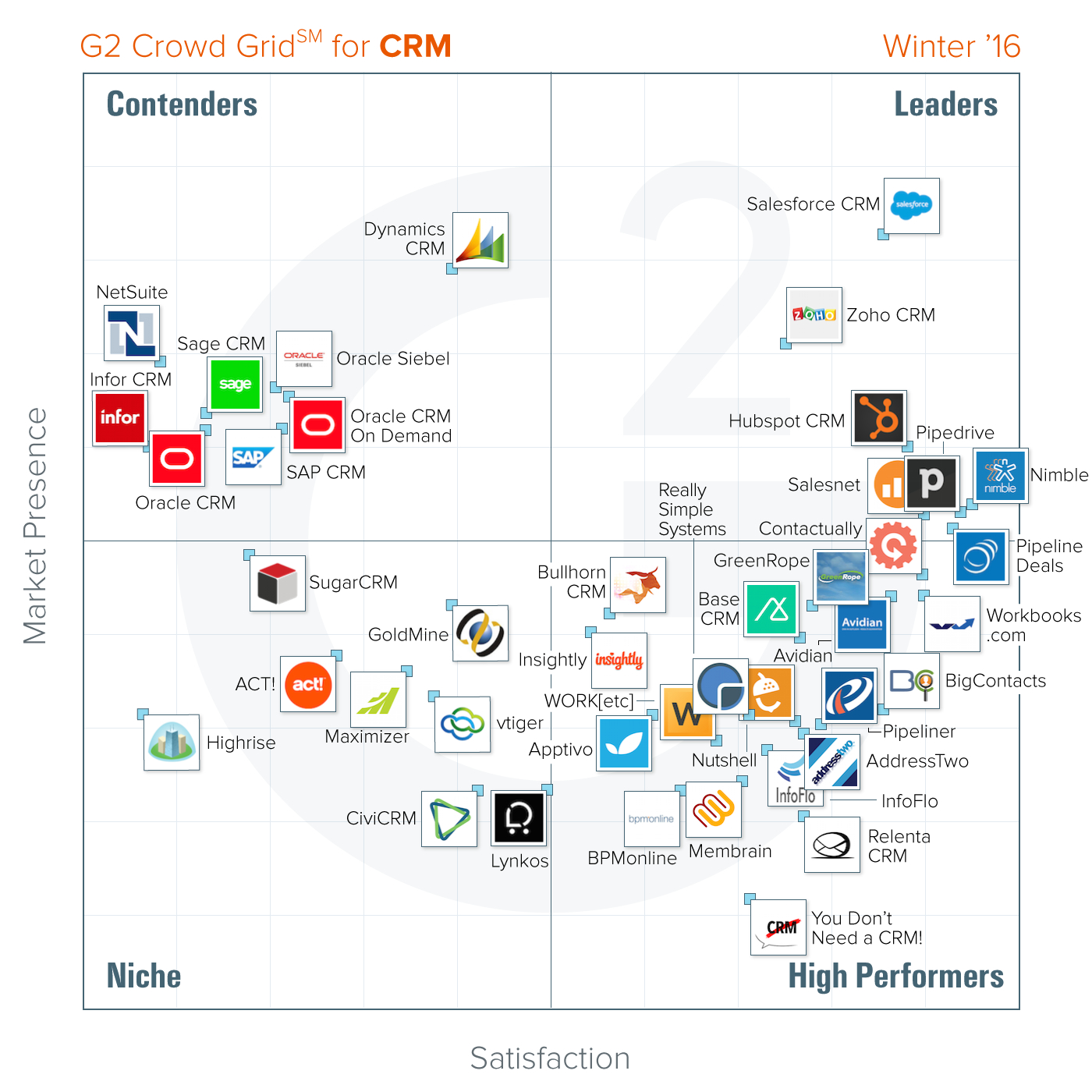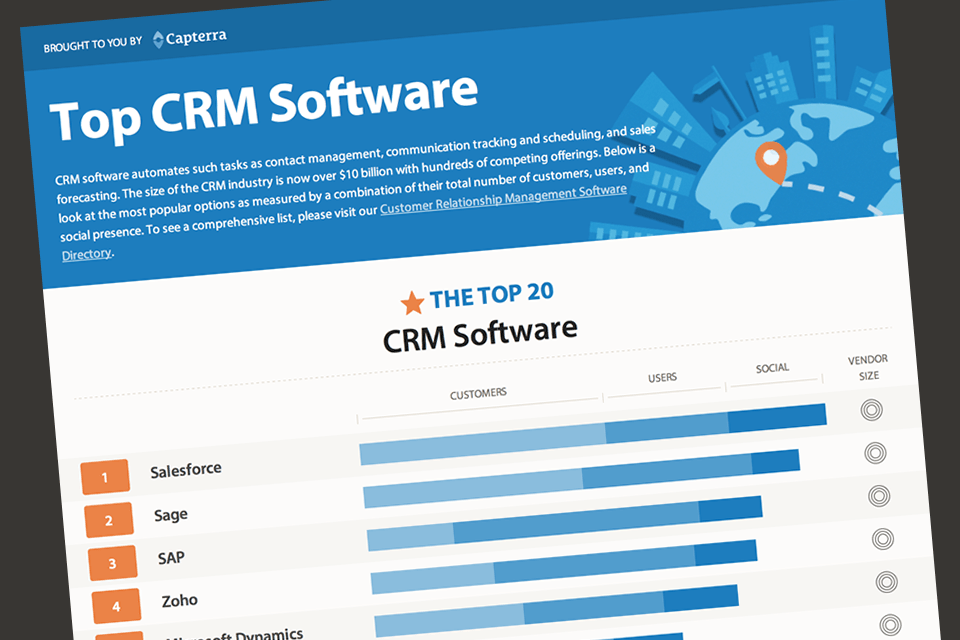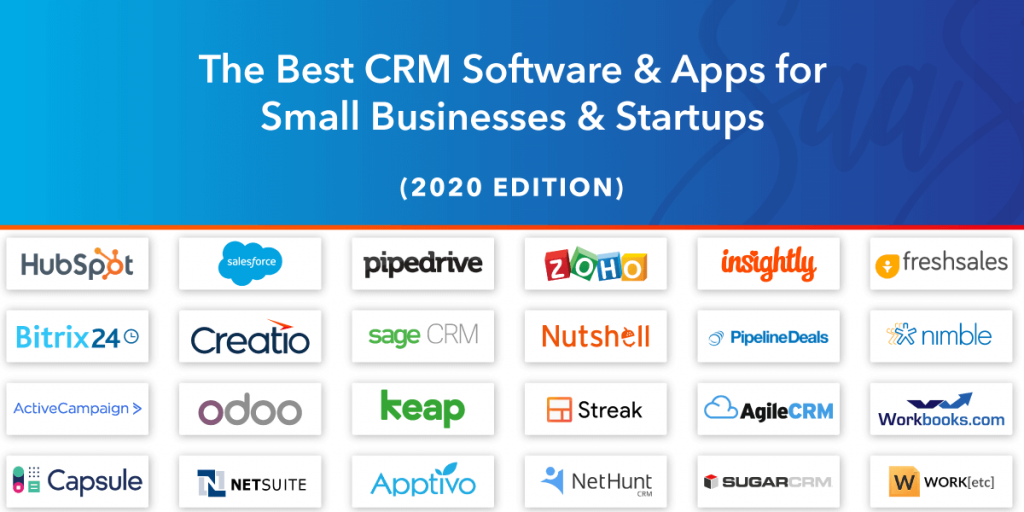CRM Best Practices: A Comprehensive Guide to Customer Relationship Management offers a thorough exploration of the strategies and techniques that can help businesses cultivate lasting and profitable relationships with their customers. This guide delves into the fundamentals of CRM, its benefits, implementation, challenges, measurement, industry-specific applications, and emerging trends, providing a comprehensive understanding of this critical business function.
Effective CRM practices empower businesses to streamline their customer interactions, enhance customer satisfaction, and drive growth. By leveraging the insights provided in this guide, organizations can optimize their CRM strategies and reap the rewards of improved customer engagement, increased sales, and enhanced profitability.
Definition of CRM Best Practices
Customer relationship management (CRM) best practices are a set of guidelines and strategies that organizations can adopt to improve their interactions with customers and enhance overall customer satisfaction. These best practices are based on proven principles and industry expertise, and their implementation can lead to improved customer loyalty, increased sales, and better overall business outcomes.
Common CRM Best Practices
- Centralize customer data:By storing all customer data in a central location, organizations can gain a complete view of each customer’s interactions with the company, enabling them to provide personalized and relevant experiences.
- Use automation:Automation can streamline many CRM tasks, such as lead generation, email marketing, and customer support, freeing up employees to focus on more strategic initiatives.
- Personalize interactions:Customers appreciate personalized experiences, such as receiving tailored product recommendations or offers based on their past purchases or preferences.
li> Provide excellent customer service:Responsive and helpful customer service is crucial for building strong customer relationships. Organizations should strive to resolve customer issues quickly and efficiently, and go the extra mile to exceed expectations.
Benefits of CRM Best Practices

Implementing CRM best practices offers a multitude of advantages for businesses, leading to improved efficiency, enhanced customer relationships, and increased profitability.
Studies have consistently shown that businesses that embrace CRM best practices experience significant gains. According to a report by Salesforce, companies that implemented CRM systems saw a 26% increase in sales productivity, a 24% improvement in customer satisfaction, and a 20% reduction in customer churn.
Increased Sales Productivity, Crm best
- CRM systems streamline the sales process, enabling sales teams to manage leads, track customer interactions, and close deals more efficiently.
- By automating tasks such as lead qualification and follow-ups, CRM systems free up sales reps to focus on building relationships and closing deals.
Improved Customer Relationships
- CRM systems provide a centralized platform for managing customer data, including contact information, purchase history, and support interactions.
- This enables businesses to track customer preferences, personalize communications, and provide tailored support, leading to improved customer satisfaction and loyalty.
Increased Profitability
- By improving sales productivity and customer relationships, CRM best practices directly contribute to increased profitability.
- Businesses that effectively manage their customer relationships are able to generate more revenue, reduce costs, and increase their overall profitability.
Implementation of CRM Best Practices

Implementing CRM best practices is a crucial step towards maximizing the benefits of a CRM system. It involves a series of steps and can be approached using different methods.
The following steps are typically involved in implementing CRM best practices:
- Define goals and objectives:Clearly define the specific goals and objectives that the CRM system is intended to achieve.
- Identify key stakeholders:Involve key stakeholders from various departments, such as sales, marketing, and customer service, to ensure their input and buy-in.
- Choose a CRM solution:Select a CRM solution that aligns with the organization’s needs, budget, and technical capabilities.
- Configure and customize:Configure the CRM system to meet the specific requirements of the organization and customize it to optimize its functionality.
- Integrate with other systems:Integrate the CRM system with other relevant systems, such as ERP, marketing automation, and social media platforms, to ensure data consistency and seamless workflow.
- Train users:Provide comprehensive training to users on how to effectively use the CRM system and maximize its capabilities.
- Monitor and evaluate:Regularly monitor the performance of the CRM system and evaluate its effectiveness in achieving the desired goals and objectives.
There are different methods or approaches for implementing CRM best practices, each with its own advantages and disadvantages. The following table provides an overview of some common methods:
| Method | Advantages | Disadvantages |
|---|---|---|
| Big Bang Approach |
|
|
| Phased Approach |
|
|
| Pilot Approach |
|
|
Challenges of CRM Best Practices

Implementing CRM best practices can present several challenges that hinder organizations from realizing their full potential. Understanding these challenges and developing effective strategies to overcome them is crucial for successful CRM implementation.
One common challenge is the resistance to change within the organization. Employees may be accustomed to existing processes and may be hesitant to adopt new ways of working. This resistance can slow down the implementation process and hinder the adoption of best practices.
Overcoming Resistance to Change
- Communicate the benefits of CRM best practices to employees, highlighting how they can improve efficiency, productivity, and customer satisfaction.
- Involve employees in the implementation process, seeking their input and feedback to address their concerns and gain their buy-in.
- Provide training and support to employees, ensuring they have the knowledge and skills necessary to use the CRM system effectively.
Measurement of CRM Best Practices
Measuring the effectiveness of CRM best practices is crucial to ensure they are driving business outcomes. Key performance indicators (KPIs) provide a way to track and evaluate the success of CRM initiatives. These KPIs can be categorized into various dimensions, such as customer acquisition, customer retention, and customer satisfaction.
KPIs for Customer Acquisition
- Cost per lead: Measures the cost incurred to generate a new lead.
- Lead conversion rate: Tracks the percentage of leads that are converted into paying customers.
- Customer lifetime value: Estimates the total revenue generated by a customer over their lifetime.
CRM Best Practices for Specific Industries

The best practices for CRM can vary significantly across different industries due to unique customer needs, business processes, and regulatory requirements.
For instance, in the healthcare industry, CRM systems must comply with HIPAA regulations to protect patient data. In the financial services industry, CRM systems must adhere to KYC (Know Your Customer) and AML (Anti-Money Laundering) regulations.
Examples of Industry-Specific CRM Best Practices
- Healthcare:Track patient medical history, manage appointments, and facilitate communication between healthcare providers.
- Financial Services:Automate lead generation, track customer financial data, and provide personalized financial advice.
- Retail:Manage customer loyalty programs, track purchase history, and provide personalized product recommendations.
- Manufacturing:Track customer orders, manage inventory, and provide real-time updates on product availability.
- Nonprofit:Manage donor relationships, track fundraising campaigns, and provide personalized communication to supporters.
Future Trends in CRM Best Practices
The future of CRM best practices is being shaped by emerging trends that are transforming the way businesses manage customer relationships. These trends include the rise of artificial intelligence (AI), the increasing importance of customer experience (CX), and the growing adoption of cloud-based CRM solutions.
AI is playing an increasingly important role in CRM, as businesses use it to automate tasks, gain insights into customer data, and provide personalized experiences. AI-powered CRM systems can help businesses improve customer service, increase sales, and reduce costs.
CX is also becoming increasingly important, as businesses realize that providing a positive customer experience is essential for success. CRM best practices that focus on improving CX can help businesses build stronger relationships with their customers, increase customer loyalty, and drive growth.
Cloud-based CRM solutions are becoming increasingly popular, as they offer businesses a number of advantages over on-premises solutions. Cloud-based CRM systems are more flexible, scalable, and cost-effective than on-premises solutions, and they can be accessed from anywhere with an internet connection.
These trends are shaping the future of CRM best practices, and businesses that adopt these trends will be well-positioned to succeed in the years to come.
Adoption of Mobile CRM
Mobile CRM is a growing trend that allows businesses to manage customer relationships from anywhere. Mobile CRM systems are designed to be used on smartphones and tablets, and they offer a number of benefits over traditional CRM systems.
Mobile CRM systems are more convenient and flexible than traditional CRM systems, as they can be used from anywhere with an internet connection. This allows businesses to stay connected with their customers even when they are away from the office.
Mobile CRM systems can also help businesses improve customer service, as they allow businesses to respond to customer inquiries quickly and efficiently. Mobile CRM systems can also be used to track customer interactions, which can help businesses identify opportunities to improve customer service.
As the adoption of mobile CRM continues to grow, businesses will need to adopt mobile CRM best practices to ensure that they are using these systems effectively.
Integration of CRM with Other Business Systems
CRM systems are becoming increasingly integrated with other business systems, such as ERP systems and marketing automation systems. This integration allows businesses to get a complete view of their customers, and it can help them to improve customer service, increase sales, and reduce costs.
For example, integrating CRM with an ERP system can allow businesses to track customer orders, invoices, and payments. This information can be used to improve customer service, as it can help businesses to identify and resolve customer issues quickly and efficiently.
Integrating CRM with a marketing automation system can allow businesses to track customer interactions with marketing campaigns. This information can be used to improve marketing campaigns, as it can help businesses to identify which campaigns are most effective and which customers are most likely to convert.
As the integration of CRM with other business systems continues to grow, businesses will need to adopt best practices for integrating these systems to ensure that they are getting the most value from their CRM investments.
Concluding Remarks
In conclusion, CRM Best Practices: A Comprehensive Guide to Customer Relationship Management serves as an invaluable resource for businesses seeking to establish a customer-centric approach. By embracing the principles Artikeld in this guide, organizations can transform their customer interactions, build enduring relationships, and achieve sustainable success in today’s competitive business landscape.